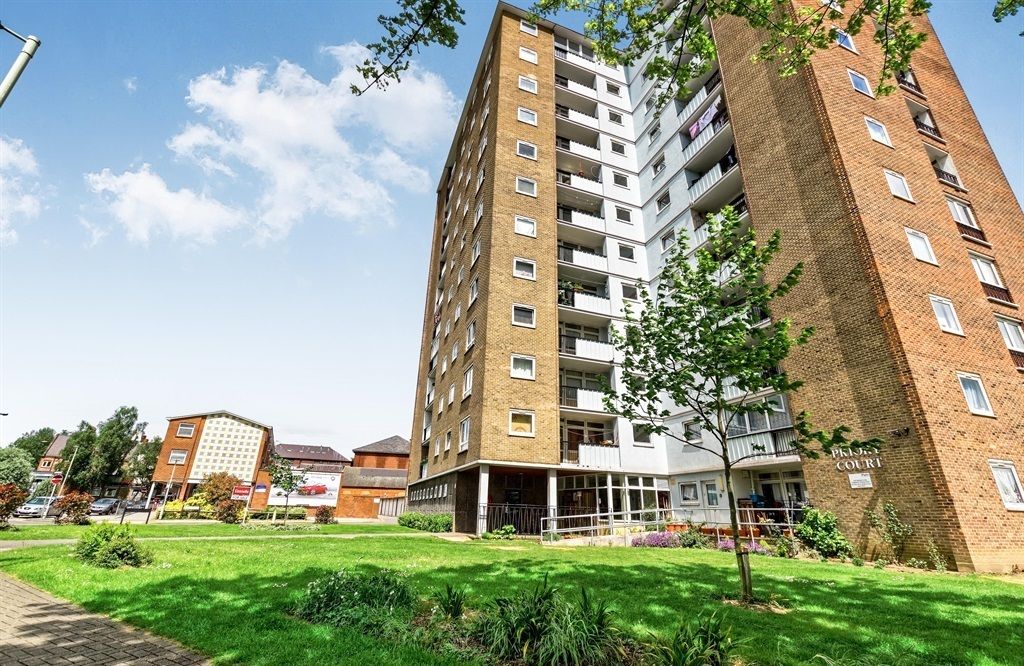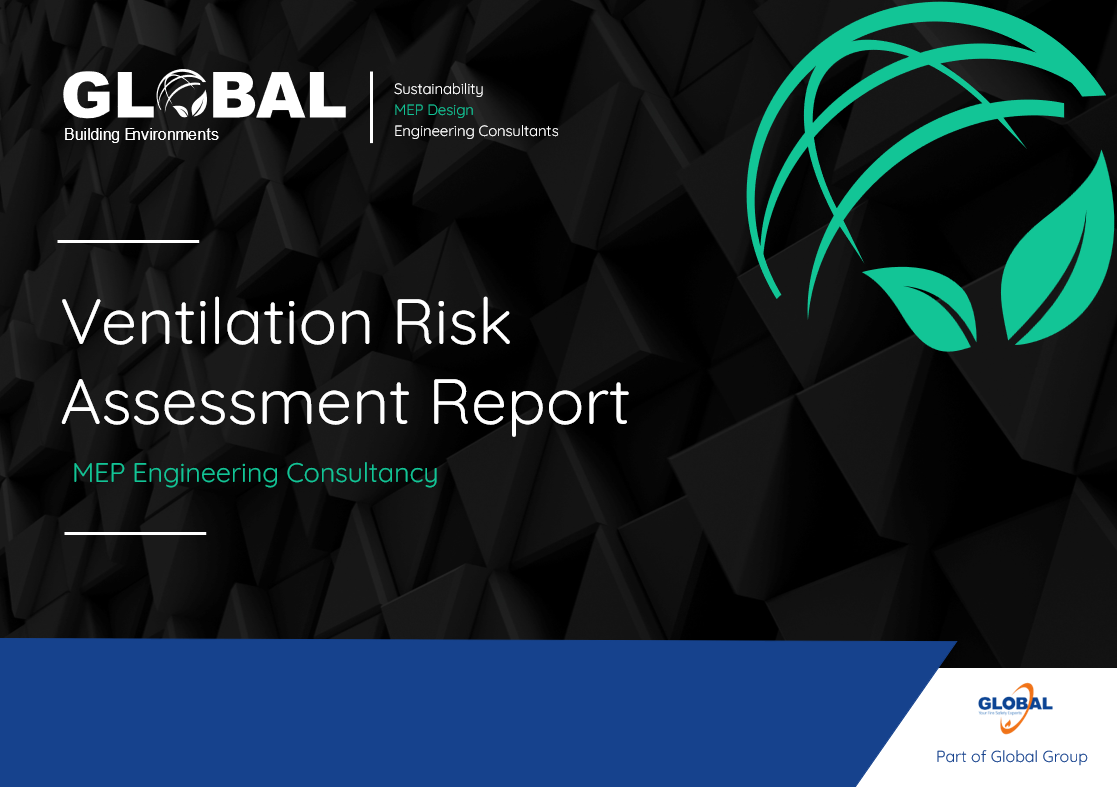Case Study: BPHA
Global Building Environments was tasked with conducting ventilation risk assessments for the BLHA hoousing stock. The objective was to assess the indoor comfort, condensation risk, and air quality in the building. This case study highlights the methodology, findings, and recommendations to improve ventilation and air quality for the residents.

The study began with a survey to assess the building's existing conditions. This included measurements of PM2.5 and PM10 levels, CO2 concentration, temperature, humidity, and occupant feedback. Several notable observations were made, particularly regarding ventilation components, which were critical to the assessment.
In the context of the UK, maintaining indoor comfort and preventing condensation is crucial. The ideal indoor temperature typically ranges between 18-21°C, while humidity should be maintained between 40-60%. It is important to strike a balance to avoid discomfort, condensation, and mould growth. The survey revealed some areas where pollutant levels exceeded recommended limits, excessive particulate matter concentrations can lead to various health issues.
PM2.5 and PM10 levels were recorded and compared to UK air quality standards. Excessive particulate matter concentrations can lead to health issues. CO2 concentration, another crucial indicator of air quality, was measured. The survey revealed some areas where pollutant levels exceeded recommended limits, excessive particulate matter concentrations can lead to various health issues.
The study found issues with unopened trickle vents and clogged bathroom extract grilles. This raised concerns about condensation and air quality. Recommendations included keeping trickle vents open for a constant supply of fresh air and cleaning or removing blocked bathroom extract grilles.
Although the PM and CO2 levels in flats were within acceptable limits, maintaining sufficient ventilation is essential to ensure these levels remain in check. The survey described the need for consistent ventilation strategies in occupied flats.
The corridor exhibited better air quality compared to individual flats, showing the importance of proper ventilation system maintenance.
The absence of extract airbricks for certain kitchen types was noted. This raised concerns about odour build-up, suggesting the need for extract fans in every kitchen.
The assessment addressed compliance with Building Regulations Approved Document Part F: Ventilation, which emphasizes indoor air quality, health and well-being, moisture control, energy efficiency, safety, and compliance. The survey indicated that ventilation systems should be carefully designed and maintained to meet these requirements.
The report discussed passive ventilation (openable windows and trickle vents) and mechanical ventilation (extraction fans, MVHR, PIV, and more). Proper ventilation is crucial for maintaining indoor air quality and energy efficiency. The survey findings highlighted the importance of both natural and mechanical ventilation systems.
The concept of air permeability was discussed as it relates to energy efficiency, ventilation, and compliance with Building Regulations. The report emphasized the importance of a condition survey as an essential step in understanding the current state of a building and planning for retrofit measures to improve energy efficiency and comfort.
The assessment revealed areas of concern related to indoor comfort, air quality, and ventilation. Recommendations included keeping trickle vents open, addressing blocked extract grilles, ensuring proper ventilation strategies in occupied flats, and implementing extract fans in all kitchens. The case study underscores the significance of comprehensive ventilation assessments and compliance with Building Regulations to maintain a healthy and comfortable indoor environment.

Reduced risk of harm to health

Reduced odour risk
Kitchen fans and decentralised extract fans

Improved occupant experience

Quantifiable energy savings

Maintenance plan
Kitchen fans and decentralised extract fans

Reduced condensation risk –
From 77% to below 60% humidity
